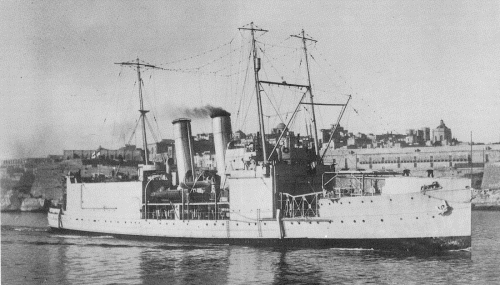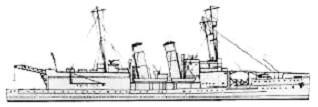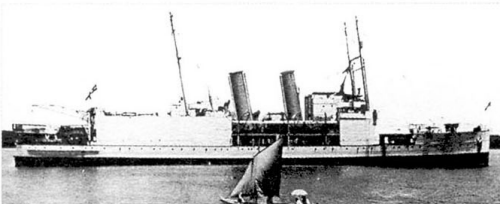
NAVYPEDIA
 Support the project with paypal
Support the project with paypal
Photo

Pegasus 1921
Ships
| Name | No | Yard No | Builder | Laid down | Launched | Comp | Fate |
|---|---|---|---|---|---|---|---|
| Pegasus (ex-Stockholm) | N8A, N9A | 431 | John Brown, Clydebank | 1914 | 9.6.1917 | 28.8.1917 | sold for BU 8.1931 |
Technical data
| Displacement normal, t | 3300 |
|---|---|
| Displacement full, t | |
| Length, m | 101.2 |
| Breadth, m | 13.1 |
| Draught, m | 4.60 |
| No of shafts | 2 |
| Machinery | 2 sets Brown-Curtis geared steam turbines, 6 cylindrical boilers |
| Power, h. p. | 9500 |
| Max speed, kts | 20 |
| Fuel, t | oil 300 |
| Endurance, nm(kts) | 1220(20) |
| Armament | 4 x 1 - 76/40 12pdr 12cwt QF Mk I, 9 aircraft (WB.III, Short 184, Camel, Campania) |
| Complement | 280 |
Air group
| Year | Fighters | torpedo bombers | recon planes |
|---|---|---|---|
| 1917 | 4 Beardmore WB.III | 4 Short 184 | --- |
| late 1918 | 4 Camel | 1 Short 184 | 3 Campania |
Standard scale images

Pegasus 1917
Graphics
Aircraft facilities
Landplanes were stowed in forward hangar, launched from fwd deck and land ashore. Seaplanes were stowed in the aft hangar, fly-off from the water and returned by derricks.
Project history
The last of the short-sea passenger ship conversions was in many ways the most sophisticated, because she completed last. As with the Nairana landplanes were stowed in the forward hangar, and seaplanes aft, to simplify handling. The ship was bought on the stocks as SS Stockholm 27 February 1917 and renamed on 28 August 1917 after commissioning.
Modernizations
None.
Naval service
Since 1924 Pegasus was rated as aircraft tender until sold.
Many thanks to Wolfgang Stöhr for additional information on this page.
 HOME
HOME FIGHTING SHIPS OF THE WORLD
FIGHTING SHIPS OF THE WORLD UNITED KINGDOM
UNITED KINGDOM AIRCRAFT CARRYING SHIPS
AIRCRAFT CARRYING SHIPS PEGASUS seaplane carrier (1, 1917)
PEGASUS seaplane carrier (1, 1917)

